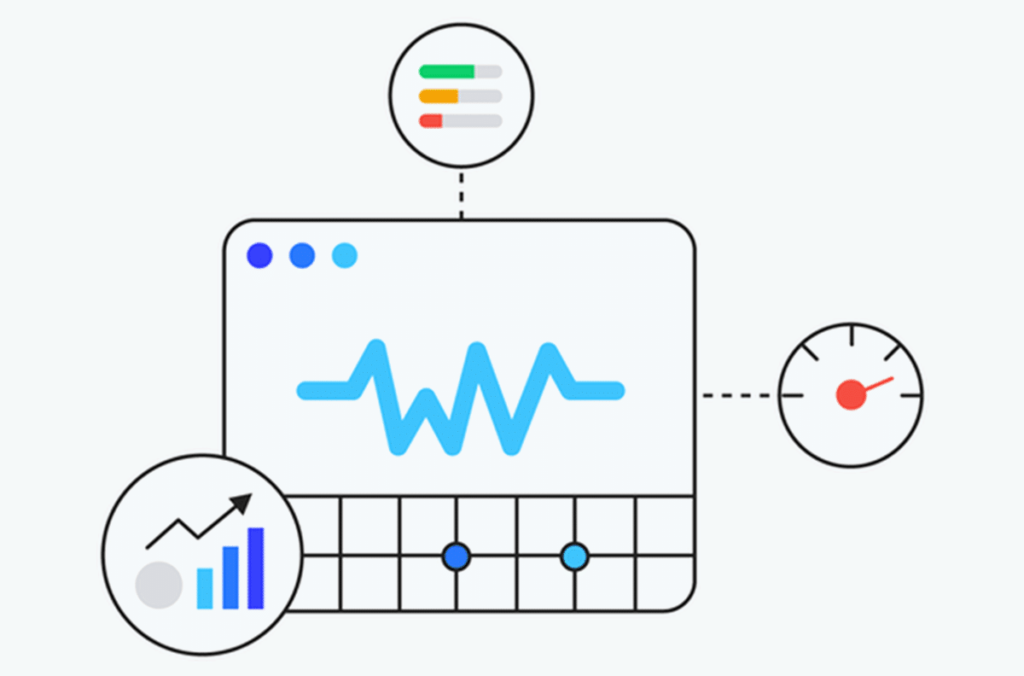Page speed is an important factor for Google; so much so they announced an increased focus on it as a ranking factor back in 2018.
Fast-forward to 2021, and Google’s approach to page speed is becoming far more nuanced. While overall speed is still important, Google’s algorithms now pin-point three major pain points of website usability that suffer the most from slow loading times. These three pain points are called Core Web Vitals, and should be the main focus of all website design moving forward.
So what are these three pain points, and what can you do about them? Read on.
1. First Contentful Paint
2. Time to Interactive
3. Cumulative Layout Shift
Our personal pet peeve when browsing the web, Cumulative Layout Shift refers to content that “moves around” as more elements of the page load in. This is particularly frustrating on mobile devices, when buttons or links get abruptly pushed around and you end up clicking on the wrong thing.
Google have an amusing video demonstrating this effect here.
What are we doing about it?
As a website design agency, it’s our job to stay on top of these changes to Google’s requirements as they develop.
One of the major changes we’ve made to our processes is switching to Elementor for new site builds on WordPress. Elementor is currently one of the fastest builders and plays very nicely with the requirements of Core Web Vitals. We’re even using it to rebuild our own website, so watch this space!
Another improvement we’ve made is to introduce a new plugin to our repertoire: Imagify. Imagify automatically optimises your website’s imagery with the lightweight and versatile .webp format.
We’re still working out the kinks in our processes to adapt to these new requirements, but needless to say, we’re having some excellent success already…

If you haven’t checked your site speed in a while, we recommend that you do. And if your site isn’t meeting the new requirements, just let us know – we’ve got the knowledge and ability right here at MyWork to turn your fortunes around.
